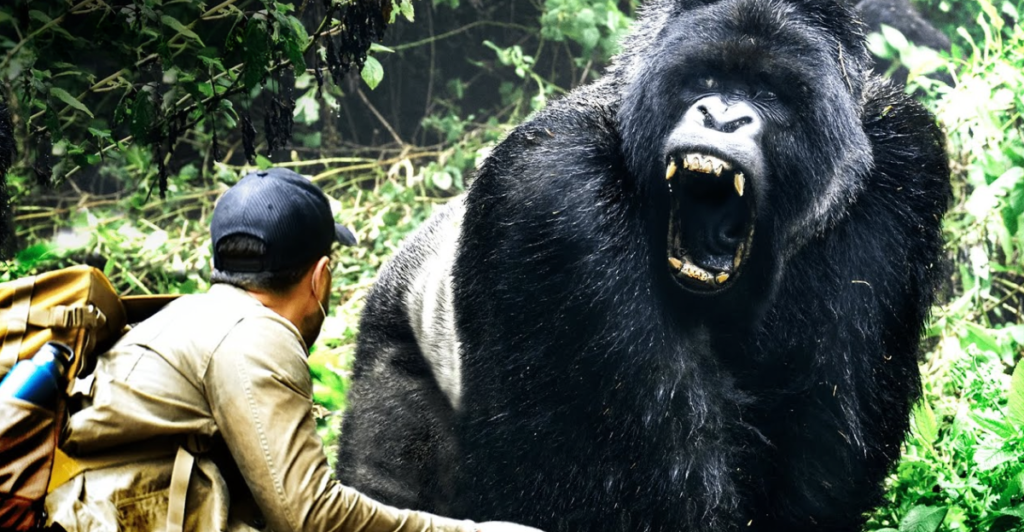
These magnificent creatures are known for being some of the largest, most intelligent creatures around, and they have so much more to show. These primates are some of the most interesting creatures around, and they each have some pretty great features that make them unique. Without further adieu, these are the largest primates in the world, ranked from smallest to largest.
9. Gray Langur
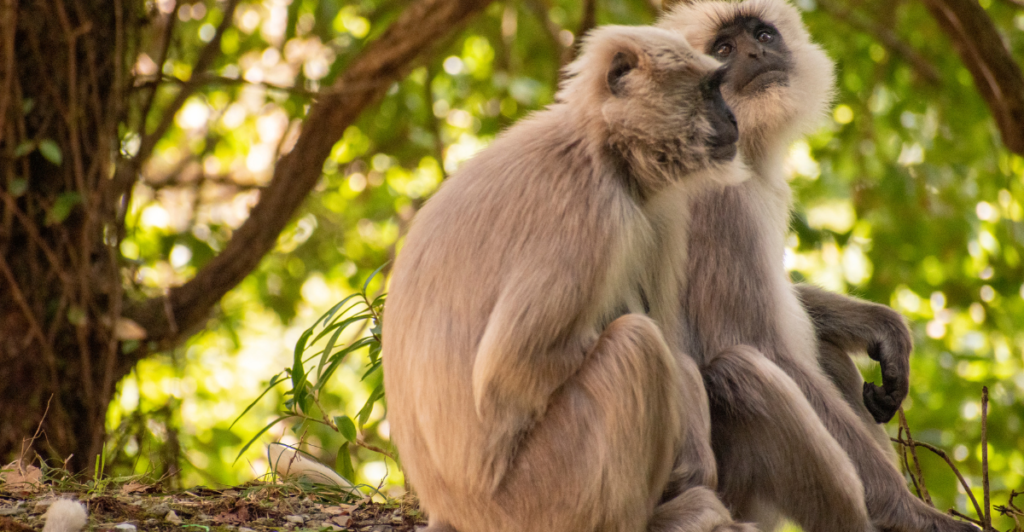
These little guys are the smallest of all the primates on this list. They are native to the Indian subcontinent, easily recognized by their predominantly gray or yellowish-gray fur contrasted with black faces and ears. They are extremely agile while moving both on the ground and in trees with quadrupedal locomotion. They can have impressive leaps of up to 15 feet horizontally and 40 feet when descending.
Males are generally larger than females, with the heaviest recorded male weighing around 58 lbs. This makes some gray langur species among the largest monkeys in Asia. They mainly eat leaves but will snack on fruit occasionally as they can easily spot ripe fruits hidden in the trees.
8. Proboscis Monkey
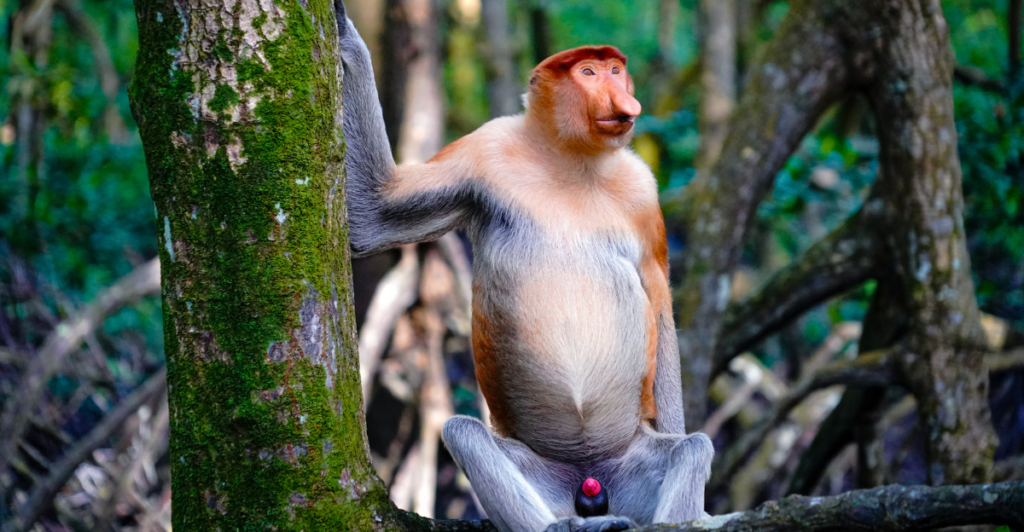
The first thing you notice about this monkey is most definitely not its size but its strange-looking nose that is taking center stage. These monkeys inhabit mangrove forests, riverbanks, and swampy lowland rainforests, rarely straying far from water sources. Males can weigh up to 53 pounds, making them one of the largest monkey species in Asia. Their distinctive noses are believed to enhance vocalizations and play a role in attracting mates.
They are also the most aquatic primates, using their webbed hands and feet to swim across rivers and evade predators. They happily snack on leaves and fruit to keep them going and thrive in Borneo’s unique wetland and forest habitats.
7. Sumatran Orangutan
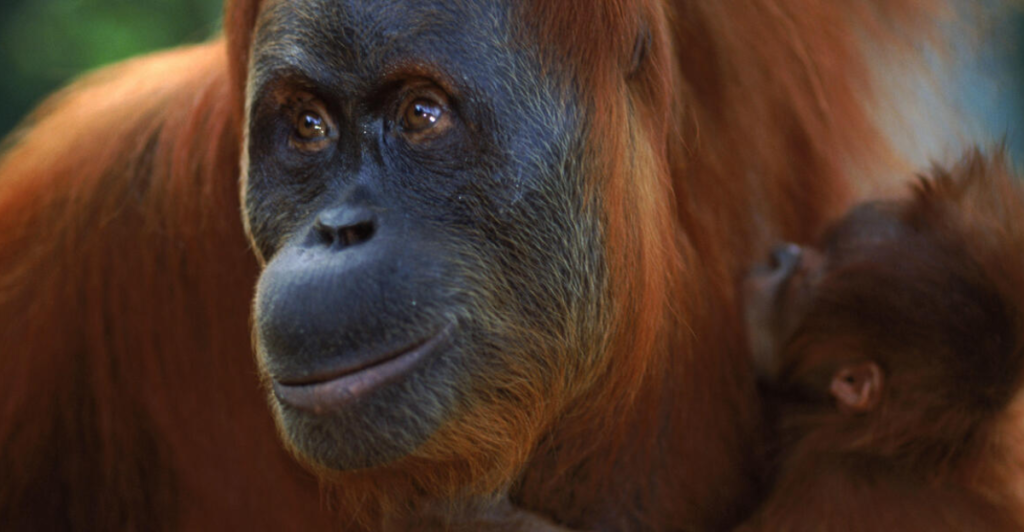
These primates are distinguished by their long, fine orange or reddish hair and remarkable arm span, with males reaching up to 7.5 feet. These great apes are highly adapted for life in the treetops, where they rarely come down to the ground. Males are much larger than females, with weights ranging from 110 to 200 pounds, while females typically weigh between 66 and 110 pounds. Sumatran orangutans are mostly solitary, with females accompanied by their young and males leading more solitary lives, except during mating periods.
Their diet is dominated by fruit, especially figs and durian, but they also eat leaves, flowers, bark, and occasionally insects and eggs. They spread seeds everywhere, helping maintain the health and diversity of the rainforest ecosystem.
6. Bornean Orangutan

This critically endangered great ape is found exclusively on the island of Borneo. Adult males can weigh up to 220 lbs and are known for their long, shaggy red hair and remarkable intelligence. These orangutans are highly arboreal, spending most of their lives in the tree canopy, skillfully moving between branches and building nightly nests high above the ground.
The species is divided into three genetically distinct subspecies, each occupying different regions of Borneo. Still, all face significant threats from habitat loss, fragmentation, and human encroachment, which have dramatically reduced their range and population.
5. Western Lowland Gorilla

Although they are skilled climbers, these gorillas spend most of their time on the ground, mainly climbing to forage for food like fruit, leaves, and insects. They live in family groups led by a dominant silverback male who can easily weigh up to 397 lbs. Despite their adaptability, they face severe threats from habitat destruction, poaching for bushmeat, and diseases such as Ebola, making them critically endangered.
Conservation efforts are ongoing, focusing on habitat protection, anti-poaching measures, and community education to ensure the survival of these gentle giants in the wild.
4. Cross River Gorilla
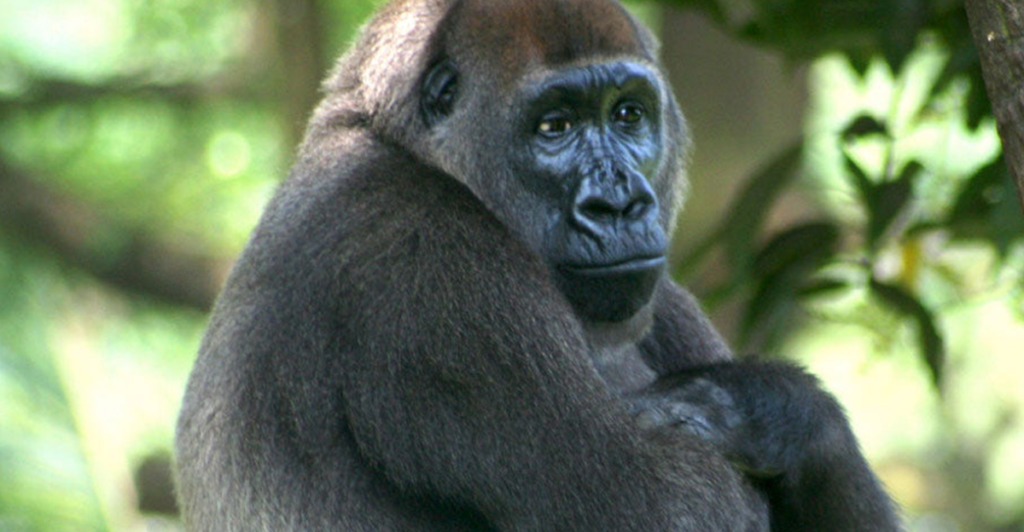
These majestic apes can be found across Nigeria and western Cameroon, where they roam freely, even when endangered. With a population estimated at only 250 to 300 individuals divided into several isolated subpopulations, this critically endangered gorilla faces a truly unknown future. Adult males can weigh up to 397 lbs, which is pretty much the same as Western Lowland Gorillas.
Their habitat spans mountainous terrain and a mosaic of moist lowland, sub-montane, and montane forests, often at altitudes up to 2,037 meters. The gorillas seek refuge in inaccessible highlands to avoid human disturbance.
3. Mountain Gorilla
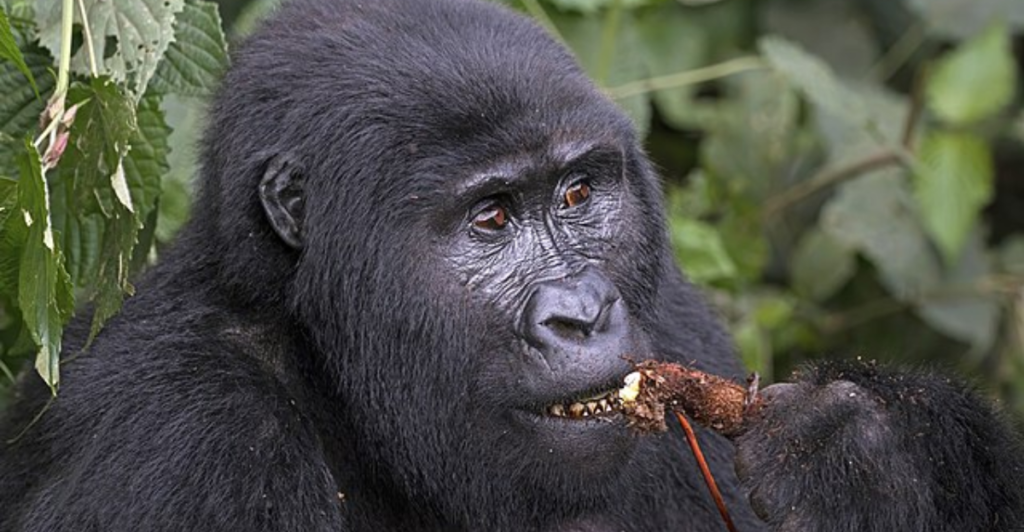
These remarkable creatures have adapted to life at elevations up to 13,000 feet. They have longer and thicker fur than their lowland relatives, enabling them to withstand the cold of their mountainous habitat. Mountain gorillas are highly social, living in cohesive family groups led by a dominant silverback male who protects and guides the group. Adult males can reach weights of up to 430 lbs and are impressive.
Like most other gorillas, these primates remain critically endangered, and they are facing ongoing threats from habitat loss, poaching, disease, and civil unrest.
2. Eastern Lowland Gorilla
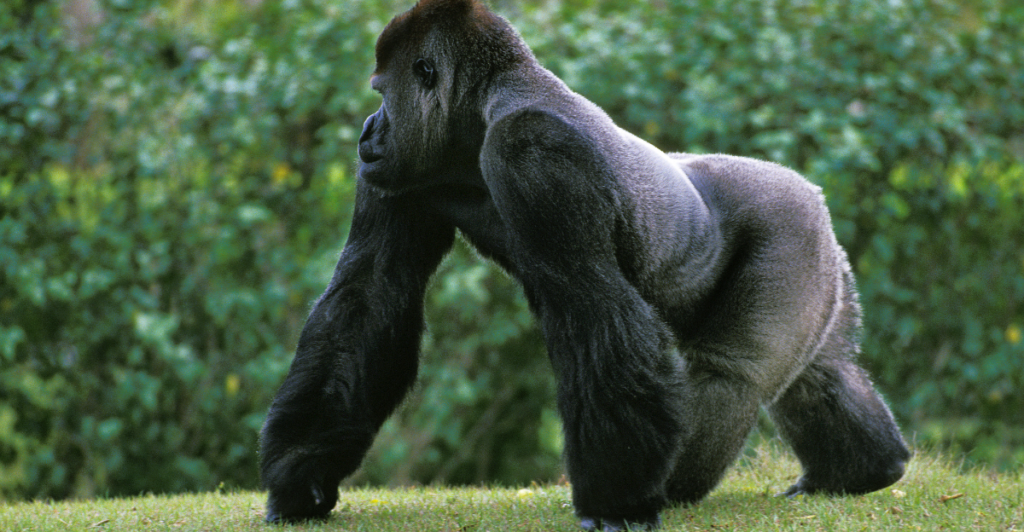
This gorilla, also known as Grauer’s gorilla, is the largest of all gorilla subspecies and the heaviest living primate, with adult males weighing up to 461 pounds. Compared to their mountain relatives, these gorillas are distinguished by their stocky build, shorter hair, and broader hands. They mainly live in family groups led by a dominant silverback and spend their days feeding on various plant materials, occasionally supplementing their diet with insects.
In the 1990s, around 17,000 apes roamed the earth, but their population has drastically plummeted by more than 50% due to habitat loss, poaching, and ongoing conflict in the region. Current estimates range from under 4,000 to about 6,800 gorillas left in the wild.
1. Gigantopithecus blacki (Extinct)
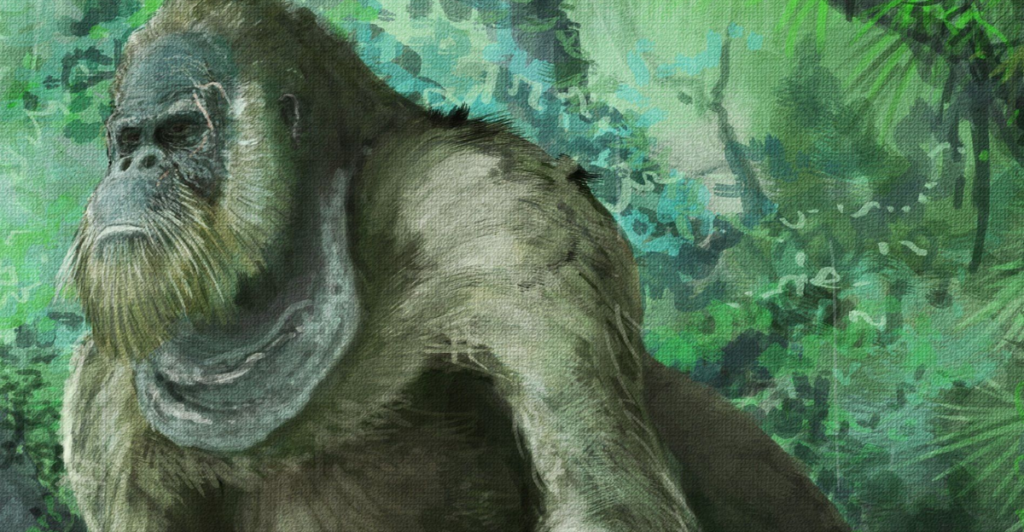
While they’re technically not around anymore, they deserve to be mentioned just for how remarkable they truly were. They were the largest primate to ever walk the face of the earth, towering up to 10 feet tall and weighing as much as 660 pounds. This giant ape inhabited the dense forests of southern China and possibly parts of Southeast Asia during the Pleistocene Epoch, thriving for nearly two million years before its extinction between 295,000 and 215,000 years ago.
Fossil evidence, primarily limited to mandibles and teeth, reveals that Gigantopithecus was closely related to modern orangutans but differed in its massive size and specialized diet, which relied heavily on forest fruits and vegetation. As climate change brought increased seasonality and reduced forest cover, Gigantopithecus struggled to adapt, turning to less nutritious fallback foods, which led to chronic stress, diminished mobility, and shrinking populations.
Explore more of our trending stories and hit Follow to keep them coming to your feed!

Don’t miss out on more stories like this! Hit the Follow button at the top of this article to stay updated with the latest news. Share your thoughts in the comments—we’d love to hear from you!







